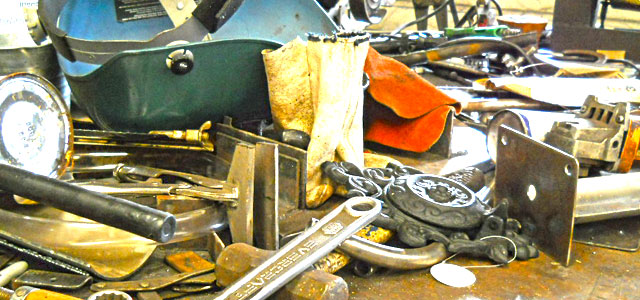Every homeowner experiences a clogged drain at some point, and it’s usually at the least convenient time. Whether it’s your kitchen sink, bathroom basin or the guest shower, you’ll need to address it as soon as possible. The first step is to determine whether you need a professional to come in and do plumbing repairs or if you can resolve the problem yourself.
Try a Plunger
That trusty tool of every homeowner and plumber, the plunger is the first thing you should try. Fill the sink part of the way with water to create a vacuum, then position the plunger over the outlet and work it up and down rapidly. If you have a double sink, you’ll need to block the drain outlet for the other side tightly with a wet rag to prevent the blockage bubbling back up. The same applies to a bathroom tub or sink, where you need to plug the overflow outlet before attempting to clean the drain using a plunger.
Use an Auger
If the plunger doesn’t work, you’re moving on to step 2. Homeowners who are fairly handy with plumbing tools can try using a cable auger next. To do so, you’ll need to get down under the clogged drain pipe and remove the sink using a pipe wrench. Tip any water and dirt from the trap out into a bucket and check the trap itself to see if that’s where the problem is. If it’s clear, push the cable auger into the section of the drain pipe in the wall until it touches debris.
Use Drain Cleaner
For those who aren’t in possession of an auger, you can try commercial drain cleaner to clear your clogged drain before calling a plumber. These products usually contain a form of acid and can be dangerous if you get them on your person. If you’re going to try this, clear the surrounding area of any people and pets, then follow the instructions for the particular product you’ve purchased.
Typically, you pour the substance into the drain while taking care not to inhale the fumes. Leave it to seep through the mass for 30 to 60 minutes, and it’s a good idea to close the door while you do so because it has a fairly unpleasant odor. The advantage of this method is that it helps to clear the drain of bacterial pollutants at the same time, which can be a risk to your health.
Flush with Water
Regardless of the method you use to clear a clogged drain, it’s useful to follow it with rapidly boiling water poured into the drain. Send several buckets of water down as long as it’s flowing, to flush out any debris that might be left behind. If you made use of any products containing acid, watch out for splashbacks and fumes that might be harmful to you or your family.
If you have any doubts about your ability to perform these tasks, it’s best to call your local plumber to deal with the clogged drain.

